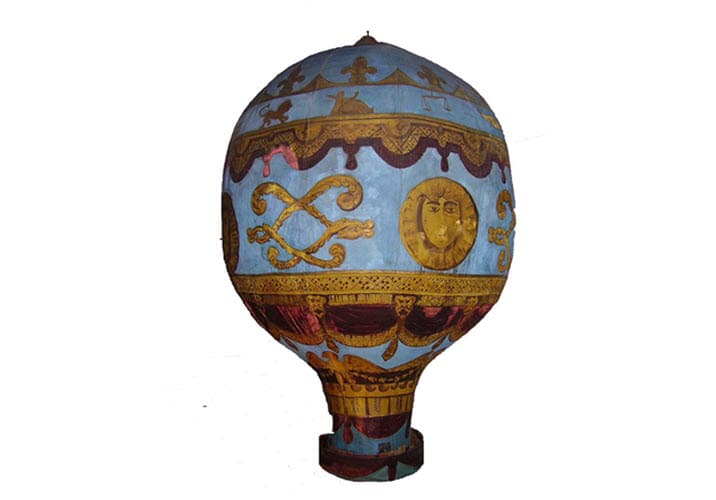Anniversary of First Hot Air Balloon Flight: History, Theme, and Significance

The first hot air balloon flight took place on June 4, 1783, in Annonay, France. The flight was conducted by Joseph-Michel and Jacques-Étienne Montgolfier, who were brothers and inventors. They used a large balloon made of paper and silk, heated by a fire source at the base to create hot air.
History of the First Hot Air Balloon Flight
The first hot-air balloon flight conducted by the Montgolfier brothers was a crucial milestone in aviation history. It was built upon previous experiments and discoveries related to lighter-than-air gases. The Montgolfier brothers’ use of hot air instead of hydrogen allowed for a safer and more controllable flight.
In 1782, the Montgolfier brothers began experimenting with lighter-than-air gases. They were inspired by previous discoveries of hydrogen gas and believed that it could be used to achieve flight. Instead of using hydrogen, the Montgolfier brothers decided to use hot air for their experiment. They constructed a large balloon, approximately 9 meters (30 feet) in diameter, made of lightweight materials such as paper and silk.
On June 4, 1783, in Annonay, France, the Montgolfier brothers launched their unmanned balloon. They ignited a fire source at the base of the balloon, which heated the air inside and made it less dense than the surrounding air. As the hot air filled the balloon, it began to rise. The balloon soared to an altitude of around 2 kilometers (6,000 feet) and traveled a distance of approximately 2 kilometers (1.2 miles) before descending.
Significance of the First Hot Air Balloon Flight
The first hot air balloon flight marked the beginning of human flight. It demonstrated that it was possible to lift a heavier-than-air object using hot air, leading to further advancements in balloon technology. The flight by the Montgolfier brothers captured the imagination of people around the world and sparked a wave of interest in aviation and exploration.
Observer Voice is the one stop site for National, International news, Sports, Editor’s Choice, Art/culture contents, Quotes and much more. We also cover historical contents. Historical contents includes World History, Indian History, and what happened today. The website also covers Entertainment across the India and World.
Follow Us on Twitter, Instagram, Facebook, & LinkedIn

